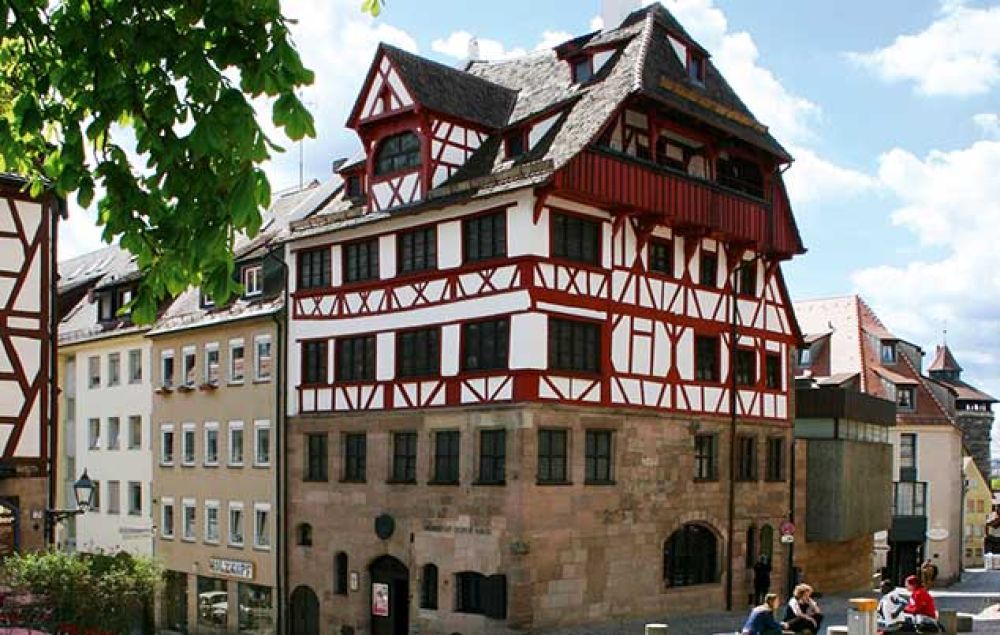

Nuremberg, a city steeped in history and culture, has long been a destination for those interested in exploring the rich tapestry of European heritage. The history of tourism in Nuremberg is closely tied to its standing as a significant center during the medieval period and for its post-World War II efforts to rebuild and preserve its historical assets. Among the most distinguished landmarks contributing to this legacy is Albrecht Dürer's House.
The timber-framed house, which dates back to the 15th century, was once the residence of Albrecht Dürer, one of the most prominent Renaissance artists in Germany. Dürer owned the house from 1509 until his death in 1528, and it is one of the few remaining artist's homes of this period in Europe. Given Dürer's international reputation as a painter, printmaker, and theorist, the house has attracted visitors even before it was officially converted into a museum.
The official establishment of Dürer's House as a museum was in 1871, which added a crucial cultural layer to Nuremberg’s growing tourist appeal. It survived the bombing of Nuremberg during World War II with relatively minor damage and was restored soon afterward, serving as a symbol of the city’s resilience and dedication to preserving its cultural heritage.
In recent years, tourism at Albrecht Dürer's House has been influenced by several trends:
Moreover, the museum has responded to the COVID-19 pandemic by implementing health safety measures and developing online content to reach an international audience unable to travel.
Today, visiting Albrecht Dürer's House is a must for anyone interested in the German Renaissance and Nuremberg's rich history. Guests can walk through the preserved living quarters and workshop, gaining insights into both the professional and personal life of Dürer. The top floor features a studio space with demonstrations of the printing techniques Dürer used, offering an interactive element to the museum experience. This enduring appeal makes Albrecht Dürer's House a cornerstone of cultural tourism in Nuremberg.
Whether through the allure of its historical significance or the draw of its immersive, hands-on exhibits, Albrecht Dürer's House remains a testament to the enduring legacy of one of Nuremberg's most famous sons. As tourism in the city continues to evolve, the house stands as a beacon of cultural heritage and continues to attract visitors from around the globe.